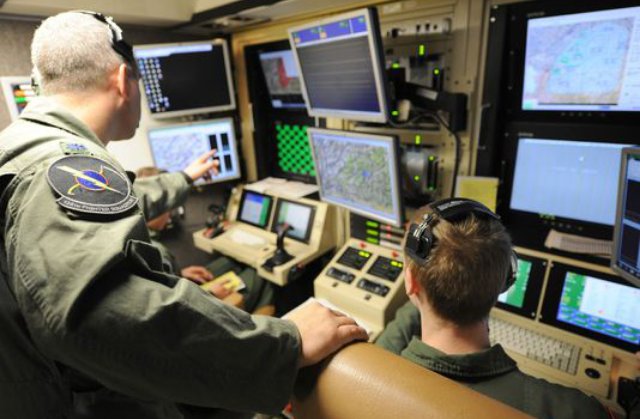The Pentagon has firmly rejected the idea of giving unmanned systems pilots and cyber warriors their own medal, and instead will offer a new “R” device to pin on existing noncombat medals.
After a two-year review of the once-controversial issue, defense officials decided that creating such a device that may be affixed to noncombat performance awards is sufficient to “specifically recognize remote but direct impact on combat operations,” according to a memo obtained by Military Times.
The memo added that a common definition of “direct impact on combat operations” should be devised.
Defense Secretary Ash Carter is expected to sign the memo later this week.
The small pin denoting the letter essentially is the successor to the short-lived Distinguished Warfare Medal, derisively known as the “Nintendo medal,” that was fraught with controversy and Pentagon politics from its inception.
It was first unveiled as a way to honor troops who are directly involved in combat operations, but are not physically in theater and facing the physical risks that warfare historically entails.
Combat veterans were outraged by the new medal’s rank in the official “Order of Precedence” above the Bronze Star, which honors ground troops for specific acts of heroism performed under fire.
The DWM was created in February 2013 by former Defense Secretary Leon Panetta, a former CIA chief and strong advocate of early unmanned systems programs, who said it “recognizes the reality of the kind of technological warfare we are engaged in the 21st century.”
That decision was overturned and the medal eliminated just a few weeks later by newly appointed Defense Secretary Chuck Hagel, a Vietnam War veteran who was awarded two Purple Hearts.
Hagel said unmanned systems pilots and cyber warriors were more appropriately honored by a “distinguishing device that can be affixed to existing medals.”
The medal was the first new forcewide award recognizing combat achievement since the Bronze Star was created in 1944. Its creation was strongly supported by the Air Force, which has struggled to retain unmanned systems pilots to meet today’s high demand.
Photo: Tech. Sgt. Ricky Best/Army
Source: C4ISR&Networks

